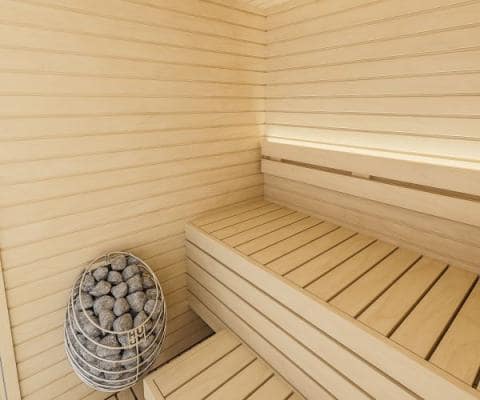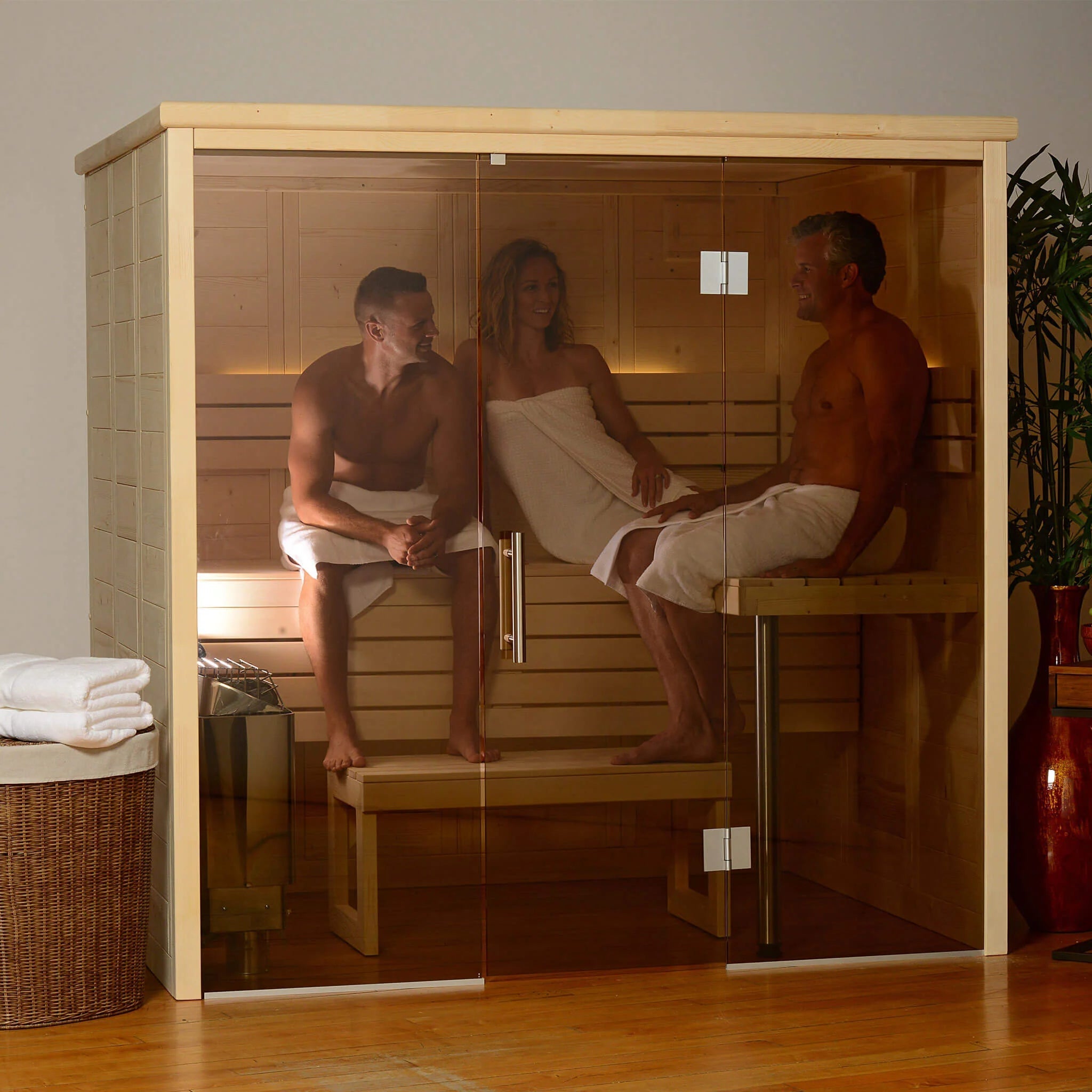The Best Strategy To Use For Traditional Sauna
Some Known Details About Traditional Sauna
Table of ContentsThe 7-Second Trick For Traditional SaunaMore About Traditional SaunaTraditional Sauna Fundamentals ExplainedThe Buzz on Traditional Sauna
Most of the weight lost in a sauna is water loss and is re-gained upon rehydrating. Without a doubt sauna can be a crucial component of a healthy and balanced weight loss program. To consider the differences between traditional and IR saunas, I will certainly divide these into proven, academic, and produced differences.Thus, the hottest point in the saunawhich goes to the ceiling straight above the sauna heateris normally in between 185 and 190 F. Traditional Sauna. Claims that a standard sauna surpasses 200 F is just not real and not suitable for electric saunas marketed in the US. The temperature level for a far-infrared sauna is normally set in between 120 and 140 F; however, unlike the typical sauna, the objective in and IR room is not to achieve a high temperature
As a result of this, the temperature level difference is nearly pointless, given that excessive sweating causes both sauna types, but the technique of heating the body is different. In an IR sauna the bather will certainly feel warm and will certainly sweat profusely, however at much lower temperatures. Therefore, if the objective is to invest longer time periods in the sauna, the IR sauna is a great option.

9 Easy Facts About Traditional Sauna Described
When the heat is achieved, the components cycle on and off to maintain the heat. Many conventional sauna customers appreciate pouring water over the rocks to produce vapor to raise sauna humidity degrees. The benefits of pouring water over the rocks include: making the area extra comfy, dampening the nasal flows, and allowing the usage of aromatherapy by blending necessary oils with the water.
In a far-infrared sauna, the heat waves penetrate the body to effectively warm the body and increase the body core temperature level. To achieve this enhanced temperature, Far-infrared emitters produce infrared power which is close to the very same wavelength as that which the body naturally emitsoften referred to as the "Crucial Variety" of 7 to 14 microns), so the power is well obtained by the body.
When the energy goes into the body, it triggers the body temperature level to enhance and eventually causes perspiration. In an infrared sauna it's important for the emitters/heaters to remain on nearly frequently. Since there is no mass of rocks to preserve warmth, the sauna will certainly cool if the emitters turned off.
As mentioned above, the sauna bather in an infrared area intends to position himself in front of operating emitters to obtain maximum gain from the warm. The home heating time for both areas can be very various, relying on just how the rooms are used. For a standard sauna, a bather should allow 30-40 mins for the space to accomplish a preferred temperature and to correctly pre-heat the rocks.
The Single Strategy To Use For Traditional Sauna
A well created sauna will usually attain a temperature level of 150-160 F in about 30-40 minutes. For hotter temperature levels, the space might require to warmth for a longer period.
To some, 15 minutes was "thrown away" while the infrared power heated the wood panels instead of heating up a body, while others locate a pre-heated area to be extra comfy and believe an elevated starting temperature is required to begin perspiring. The size of recommended usage for each area is approximately the same (10-15 minutes per session); however, as a result of the lower air temperatures and the ability to really feel the effects of infrared warm quicker than a news typical sauna, it is not unusual for an individual to invest a total amount of 20-30 mins in an infrared sauna.
Typical saunas often tend to be bigger (therefore utilize more electrical energy) than infrared saunas, although traditional saunas are absolutely available in one and two individual dimensions also. For a two-person typical sauna, 5x6 or 5x7 size is most preferred. The leading bench can conveniently seat 2 or 3 individuals and is likewise long enough to exist down throughout the sauna session.


The ordinary cost per kWH of electricity in the united state is around $0.11, so a 4.5 kW heater will certainly set you back around $.50 to run for one hour, if the heating system runs continuously for one hour. Commonly a sauna heater will run for imp source 75% of the initial hour and 50% of succeeding hours on since the aspects cycle once the set temperature level is achieved.
Everything about Traditional Sauna
A 2 person far-infrared room is normally literally smaller sized than a standard sauna, usually about 4' x 4' or smaller. The IR heating unit is typically 1.5-1.7 kW utilizing a 120 volt 15 amp plug-in solution. Considering that the area can be made use of sooner than a additional hints sauna space, we will presume the space is utilized for to of an hour including warm up time.
Ultimately, there is a hardly ever reviewed distinction in the social experience between the 2 rooms. While our culture has lost a few of the social benefit of the traditional sauna experience, it can be very socially rewarding. From family time in the sauna, to heart-felt conversations with better halves, to sauna partiesthe typical sauna experience can lead to intimate socializing.
The majority of higher end infrared spaces include tinted light therapy, audio systems and full-glass fronts.